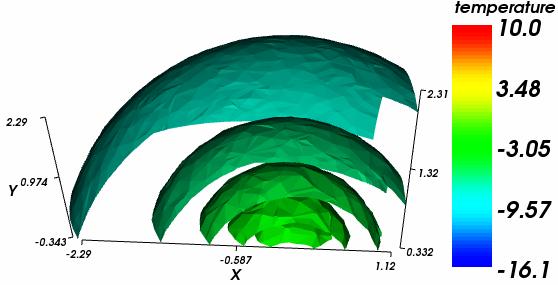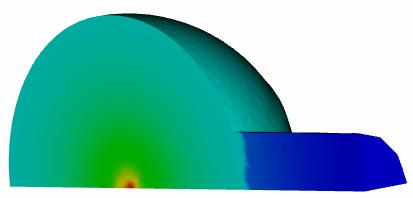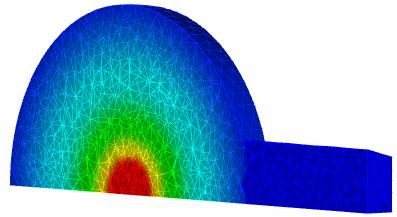ParaView
This assignment is not compulsory
There are several alternatives to OpenDX. In this assignment you can
test one of them, ParaView.
I have fetched a pre-compiled version for Linux. To run it you
should modify your unix path:
If you are using tcsh:
set path = ( $path
/chalmers/sw/unsup/ParaView-2.6.0/bin )
If you are using bash:
export
PATH=$PATH:/chalmers/sw/unsup/ParaView-2.6.0/bin
Start the program by typing
paraview
The learn a lot about ParaView, see the Documentation link on
ParaView's homepage (books you can buy).
There is a manual for an older version: http://www.paraview.org/files/v1.6/ParaViewUsersGuide.PDF
A free tutorial, Introduction
to ParaView, is available at the PITTSBURGH
SUPERCOMPUTING CENTER. I have also fetched the data for the
exercises. You can find it under:
/users/mdstud/thomas/VIS/ParaViewTutorialData
More
tutorials.
If you are going to make your own example, you need a
description of an input data format. One simple (ParaView supports
several) is the legacy VTK
file
format. Here
is a slightly dated description.
I converted the igloo-data (adding connection data which you do not
have access to) to the above format. Here are a few images produced by
ParaView. First part of some isosurfaces, then half the solid object.
The last image shows a slice and the outline of some of the
tetrahedrons (the cells are tetrahedrons). In the last image I use a
different colour map. The data for the igloo is available on the
student system: ~thomas/VIS/data/igloo.vtk







